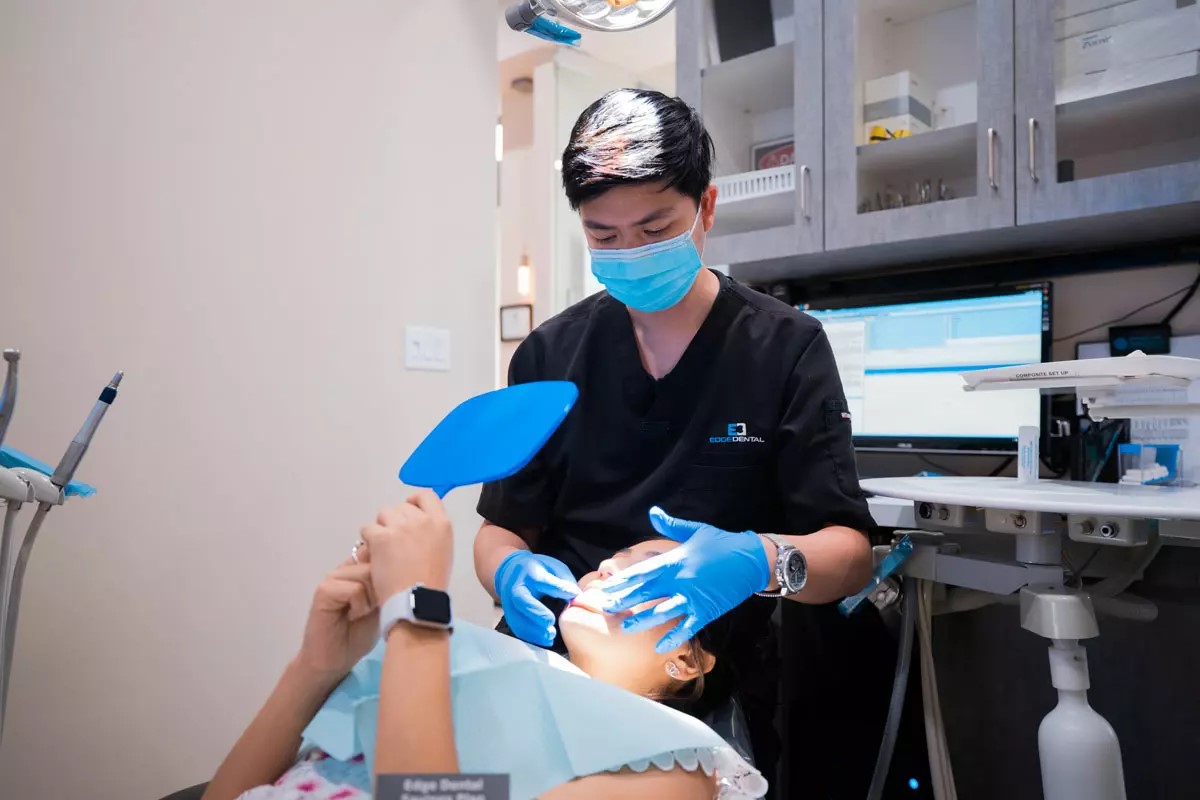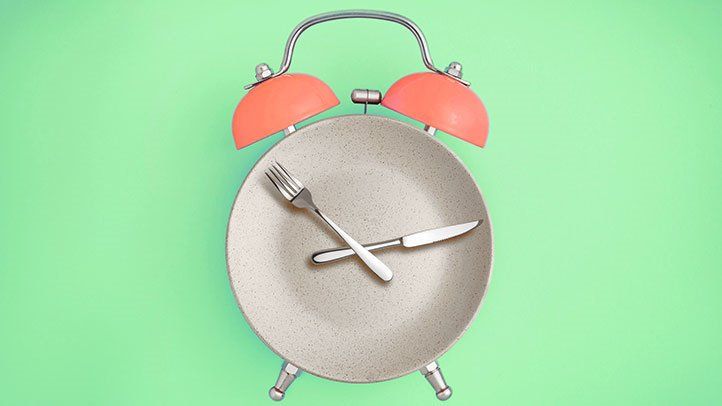A cosmetic dental bridge is an excellent option for those who have missing teeth and want to restore their smile’s appearance and functionality. These bridges consist of one or more artificial teeth (pontics) that are anchored by crowns on the adjacent natural teeth or dental implants. This dental solution not only fills the gap but also enhances your overall dental aesthetics.
The Benefits of Cosmetic Dental Bridges
Opting for a cosmetic dental bridge comes with numerous advantages. These include:
- Improved Appearance: One of the primary benefits of a cosmetic dental bridge is the enhancement of your smile. The bridges are designed to match the color and shape of your natural teeth, providing a seamless look.
- Restored Functionality: Missing teeth can make it difficult to chew and speak properly. A dental bridge restores these functions, allowing you to eat and talk with ease.
- Preventing Teeth Shifting: When a tooth is missing, the adjacent teeth may shift into the empty space, leading to misalignment. A bridge helps maintain the position of your teeth.
- Maintaining Facial Structure: Teeth play a crucial role in supporting the structure of your face. Losing teeth can lead to a sunken appearance. A bridge helps maintain the natural shape of your face.
- Boosting Confidence: With a complete and attractive smile, your self-esteem and confidence are significantly boosted.
Types of Cosmetic Dental Bridges
There are several types of cosmetic dental bridges available, each catering to different needs and preferences:
- Traditional Bridges: These are the most common type, consisting of one or more pontics held in place by dental crowns on either side of the gap.
- Cantilever Bridges: Used when there are adjacent teeth on only one side of the missing tooth or teeth.
- Maryland Bridges: These involve a metal or porcelain framework bonded to the back of the adjacent teeth.
- Implant-Supported Bridges: These are anchored by dental implants rather than crowns, providing a stable and long-lasting solution.
The Procedure for Getting a Cosmetic Dental Bridge
The process of getting a cosmetic dental bridge typically involves multiple steps and visits to the dentist:
- Initial Consultation: Your dentist will examine your teeth and discuss your options. X-rays and impressions may be taken.
- Tooth Preparation: The teeth adjacent to the gap are prepared by removing a small amount of enamel to accommodate the crowns.
- Temporary Bridge: A temporary bridge is placed to protect the prepared teeth while the permanent bridge is being made.
- Permanent Bridge Placement: Once the permanent bridge is ready, it is fitted, adjusted, and cemented into place.
Caring for Your Cosmetic Dental Bridge
Proper care and maintenance are crucial for the longevity of your cosmetic dental bridge. Here are some tips to keep in mind:
- Maintain Good Oral Hygiene: Brush and floss your teeth regularly to prevent decay and gum disease.
- Avoid Hard Foods: Chewing on hard foods can damage your bridge. Opt for softer foods to avoid unnecessary stress on the bridge.
- Regular Dental Visits: Visit your dentist regularly for check-ups and professional cleanings to ensure your bridge remains in good condition.
- Use a Mouthguard: If you grind your teeth at night or play contact sports, using a mouthguard can protect your bridge from damage.
How to Find the Best Teeth Cleaning Dentist Near Me?
Importance of Regular Teeth Cleaning
Regular teeth cleaning by a professional dentist is essential for maintaining optimal oral health. Even with excellent at-home dental care, plaque and tartar can build up over time, leading to gum disease and other oral health issues. Professional teeth cleaning helps remove these deposits and keeps your teeth and gums healthy.
Benefits of Professional Teeth Cleaning
There are several advantages to having your teeth cleaned by a professional dentist:
- Prevention of Cavities: Regular cleanings help remove plaque, which is a leading cause of tooth decay.
- Gum Disease Prevention: Professional cleanings reduce the risk of gum disease by removing tartar and plaque that can cause inflammation.
- Fresher Breath: Dental cleanings help eliminate bad breath caused by bacteria and plaque buildup.
- Early Detection of Oral Issues: During a cleaning, your dentist can identify potential issues such as cavities, gum disease, or oral cancer early on.
- Enhanced Aesthetics: Cleanings help remove surface stains, resulting in a brighter, whiter smile.
How to Find a Reliable Teeth Cleaning Dentist Near Me
Finding a reliable dentist for teeth cleaning can be a daunting task, but with the right approach, you can locate a qualified professional in your area:
- Ask for Recommendations: Seek referrals from friends, family, or colleagues who have had positive experiences with their dentists.
- Check Online Reviews: Look for reviews and ratings of local dentists to gauge the quality of their services.
- Verify Credentials: Ensure that the dentist is licensed and has the necessary qualifications and experience.
- Visit the Office: Schedule a visit to the dental office to observe the cleanliness, professionalism, and friendliness of the staff.
- Evaluate Services Offered: Make sure the dentist offers comprehensive cleaning services and other preventive care options.
What to Expect During a Teeth Cleaning Appointment
A typical teeth cleaning appointment involves several steps to ensure thorough cleaning and examination of your teeth and gums:
- Initial Examination: The dentist or hygienist will examine your mouth, checking for any signs of gum disease, cavities, or other oral health issues.
- Removing Plaque and Tartar: Special tools are used to remove plaque and tartar from your teeth, particularly around the gum line.
- Polishing: Your teeth are polished using a gritty paste to remove surface stains and make your teeth smooth.
- Flossing: The dentist or hygienist will floss between your teeth to remove any remaining debris.
- Rinse: You will rinse your mouth to remove any leftover particles.
- Fluoride Treatment: A fluoride treatment may be applied to help strengthen your teeth and prevent decay.
Tips for Maintaining Oral Health Between Cleanings
To keep your teeth and gums healthy between professional cleanings, follow these tips:
- Brush Twice Daily: Use a fluoride toothpaste and brush your teeth at least twice a day.
- Floss Daily: Flossing helps remove food particles and plaque between teeth where a toothbrush can’t reach.
- Use Mouthwash: An antimicrobial mouthwash can help reduce plaque and prevent gum disease.
- Limit Sugary Foods and Drinks: Reduce your intake of sugary snacks and beverages to prevent tooth decay.
- Stay Hydrated: Drinking plenty of water helps wash away food particles and keeps your mouth moist.
- Avoid Tobacco Products: Smoking and other tobacco products can lead to gum disease and oral cancer.
Conclusion
Choosing a cosmetic dental bridge can greatly enhance your smile and improve your oral health. With various types of bridges available, consulting with your dentist will help you determine the best option for your needs. Additionally, regular teeth cleaning by a professional dentist is crucial for maintaining healthy teeth and gums. By following the tips provided and finding a reliable dentist near you, you can ensure your oral health remains in top condition.




